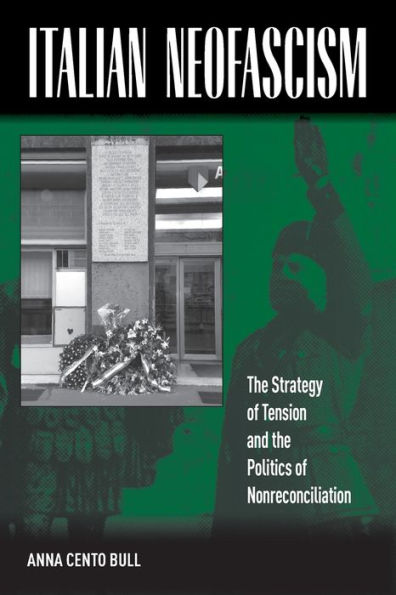5
1

Italian Neofascism: The Strategy of Tension and the Politics of Nonreconciliation
196
Italian Neofascism: The Strategy of Tension and the Politics of Nonreconciliation
196
29.95
In Stock

Product Details
| ISBN-13: | 9780857451743 |
|---|---|
| Publisher: | Berghahn Books |
| Publication date: | 12/01/2011 |
| Pages: | 196 |
| Product dimensions: | 5.90(w) x 8.80(h) x 0.60(d) |
About the Author
From the B&N Reads Blog
